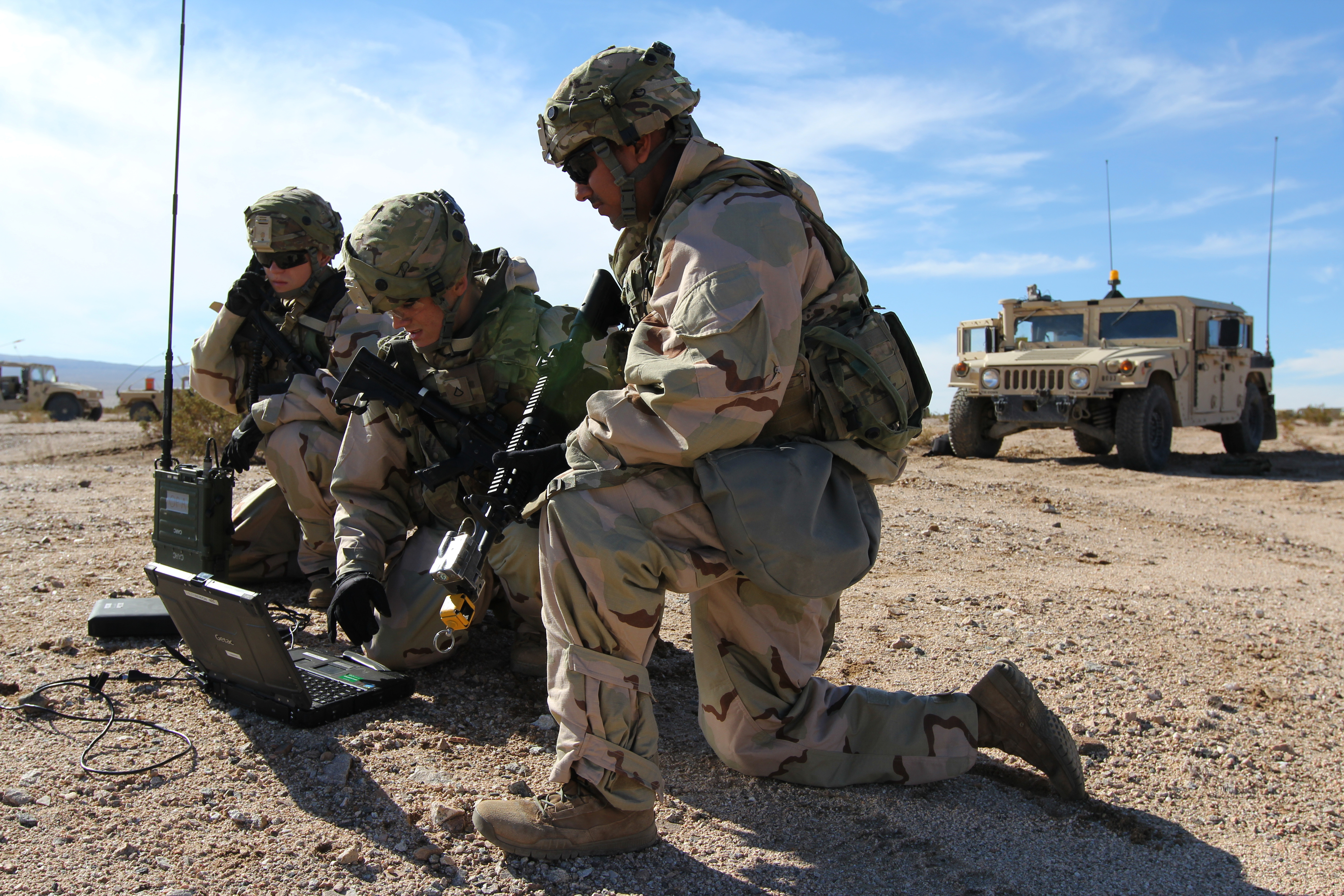In a stride toward the forefront of military innovation, the United States Army is actively developing an advanced electromagnetic deception tool, anticipated to revolutionize electronic warfare capabilities by 2024. This initiative showcases the military's commitment to staying ahead in the technological arms race, introducing a tool that promises to redefine the dynamics of modern warfare. In this article, we explore the key features of the US Army's electromagnetic deception tool, its potential applications, and the significant impact it might have on the landscape of military operations.
1. Electromagnetic Deception: A Tactical Breakthrough

The US Army's pursuit of an electromagnetic deception tool represents a strategic breakthrough in the realm of warfare. Operating on the principle of manipulating the electromagnetic spectrum, this tool is designed to deceive and disrupt adversary electronic systems, introducing a new dimension to military tactics. The development of such a tool underscores the growing importance of information warfare in contemporary conflicts.
2. Strategic Significance in 2024
As we enter 2024, the strategic significance of the electromagnetic deception tool cannot be overstated. In an era dominated by technological advancements, securing superiority in electronic warfare is imperative. The deployment of this tool positions the US Army at the cutting edge of military capabilities, ensuring adaptability and effectiveness in the face of evolving global threats.
3. Applications Across Electronic Warfare Domains
The versatility of the electromagnetic deception tool allows for a wide range of applications across various electronic warfare domains. From disrupting enemy communication systems to confusing radar and navigation technologies, the tool offers a flexible and dynamic approach to military operations. Its adaptability caters to both offensive and defensive strategies, making it a valuable asset in diverse scenarios.
4. Countermeasures and Defensive Strategies

The development of an electromagnetic deception tool necessitates considerations for potential countermeasures and defensive strategies. Adversaries are likely to respond with innovations aimed at neutralizing the effectiveness of such a tool. This prompts an ongoing cycle of innovation and adaptation in the field of electronic warfare, highlighting the dynamic nature of military technologies.
5. Integration with Cybersecurity Measures
The intersection of electromagnetic deception and cybersecurity becomes a critical aspect of this development. With military operations becoming increasingly reliant on interconnected digital systems, the tool's integration with robust cybersecurity measures is essential. Safeguarding against cyber threats ensures the resilience of military communications and infrastructure.
6. International Implications and Diplomatic Considerations
The deployment of advanced military technologies always carries international implications. The development of an electromagnetic deception tool by the US Army may influence diplomatic relations and global power dynamics. Ensuring responsible and transparent use of such technology will be crucial in navigating international norms and regulations in the realm of electronic warfare.
7. Ethical Dimensions and Accountability

As the US Army pioneers this cutting-edge technology, ethical considerations come to the forefront. Questions regarding the ethical use of electromagnetic deception tools, potential impacts on civilian infrastructure, and accountability mechanisms must be addressed. Balancing technological advancements with ethical responsibility is essential to shaping the ethical dimensions of modern warfare.
8. Collaborative Endeavors with Industry and Research
The development of the electromagnetic deception tool is likely a result of collaborative endeavors between the US Army, industry partners, and research institutions. Drawing on diverse expertise ensures a comprehensive and effective approach to innovation. Collaborations contribute to the seamless integration of cutting-edge technologies into military operations.
Conclusion
The US Army's work on an electromagnetic deception tool in 2024 marks a significant stride toward the future of warfare. As this innovative technology evolves, its impact on modern military tactics, global security, and diplomatic relations will become increasingly pronounced. The responsible and strategic deployment of such tools underlines the delicate balance between technological progress and ethical considerations in the defense sector.
FAQs
Q. Is the Electromagnetic Deception Tool safe for civilian use?
Ans: The tool is designed exclusively for military applications, with safeguards in place to prevent civilian interference.
Q. How does the tool affect communication within the military?
Ans: The tool is designed to disrupt adversary communication while maintaining secure channels for military use.
Q. What measures are in place to prevent misuse of the technology?
Ans: Strict protocols and security measures ensure that the Electromagnetic Deception Tool is used responsibly and ethically.
Q. Can other nations access similar technology, and how does this impact global security?
Ans; Collaboration and sharing of technology are considered on a case-by-case basis, with a focus on maintaining a balance of power.
Q. How will the public be informed about the tool's deployment and use?
Ans: The US Army is committed to maintaining transparency while safeguarding classified details, striking a balance between security and public awareness.






